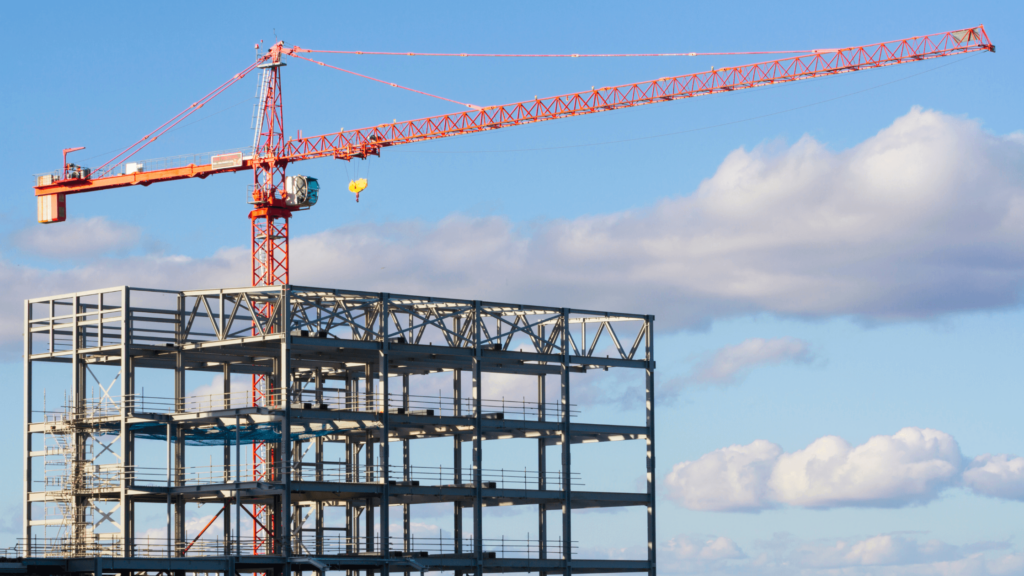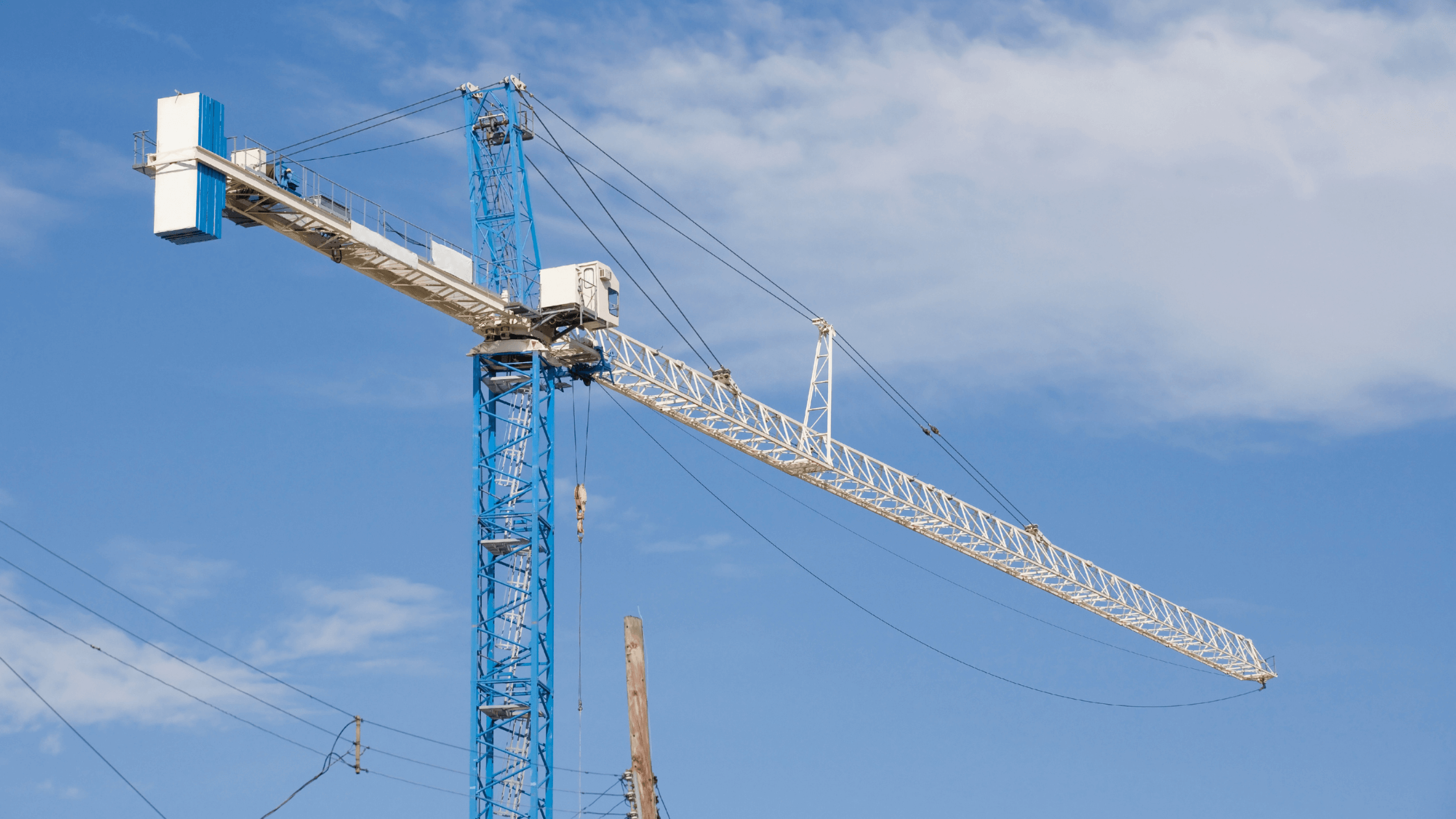In a significant safety update, British Columbia has implemented new tower crane regulations to enhance safety across construction sites. Effective October 1, 2024, the regulations mandate that employers submit a Notice of Project (NOP) at least two weeks before any crane-related activity, such as erection, repositioning, climbing, or dismantling. This requirement, part of an amendment to the Occupational Health and Safety Regulation, is designed to mitigate the risks associated with an increasing number of cranes operating in the province.
With over 350 tower cranes currently in operation, British Columbia has seen a sharp rise in construction activities, particularly in multi-employer worksites. The new regulations address these concerns, offering a structured approach to monitoring crane activities and ensuring the safety of workers and the general public.

How the Notice of Project (NOP) improves crane safety
The NOP system provides WorkSafeBC with detailed information, including the name and qualifications of those responsible for the crane activity, the project location, and the safety measures in place. By receiving this data beforehand, WorkSafeBC can conduct inspections, ensuring that both the crane operators and supervisors meet the required standards.
This regulatory update, resulting from extensive consultations with over 130 crane-sector stakeholders, is a testament to the collective effort to enhance safety. It follows the tragic crane collapse in Kelowna in 2021, which highlighted the need for tighter safety measures. This strategy, coupled with the NOP requirement, allows for more proactive engagement with employers, ensuring compliance and reducing the risks of crane-related incidents.
The introduction of these regulations marks a significant step towards making proactive approaches for safety on construction sites, setting a higher standard, and minimizing risks in a rapidly expanding industry. These changes not only hold companies accountable but also underscore the crucial role of each individual in fostering a culture of safety within the crane sector.



1 comment